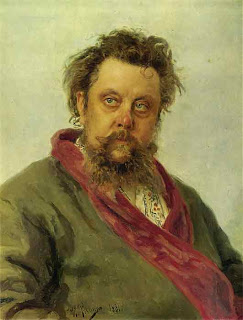
A glimpse into one man's fractured life:
Look at me. Pathetic. O, how my eyes droop, my skin sags. It is hard to believe, but I was once full of life. I had everything...Everything! A beautiful wife, two wonderful children, and yes, even a cute little dog. What happened to me? Where did I go and who is this sickly skeleton of a man I must now call my reflection?
It is because of my sins that I must now suffer. Alcohol, how I hate you! How I wish you were human so I could strangle your sinister neck. How you have ensnared me, O, how you have tricked me. "Come," you said, "I will make your world right. I will take away your pain". I believed you! I believed you, you snare, you trap, you devil! How was I to know you would consume my life? Why didn't you tell me I would loose my wife?
Look at me. Disgusting. O, how tangled my beard is, how revolting I look. Is there chance for redepetion? Only time will tell. For now, I sit and stare at my dead reflection in the mirror.
Formalist Analysis:
"The Man in the Mirror" analysis stemmed from a formalist reading of the picture above. Based off the frazzled hair and beard, one could surmise this man is so lost in his internal world, so consumed by this thoughts that aesthetic value has no bearing on his mind. A clean, sharp haircut would have conveyed the opposite message of the current image. On top of this, the man has very large bags under his eyes. These dreary accents on his face could have been caused by lack of sleep or stress. Either way, the bags indicate trouble in this picture. The far-off gaze is the final element to this formalist reading. The gaze indicates forlorn or remorse. All in all, this man paints a classic picture of pain and agony.
